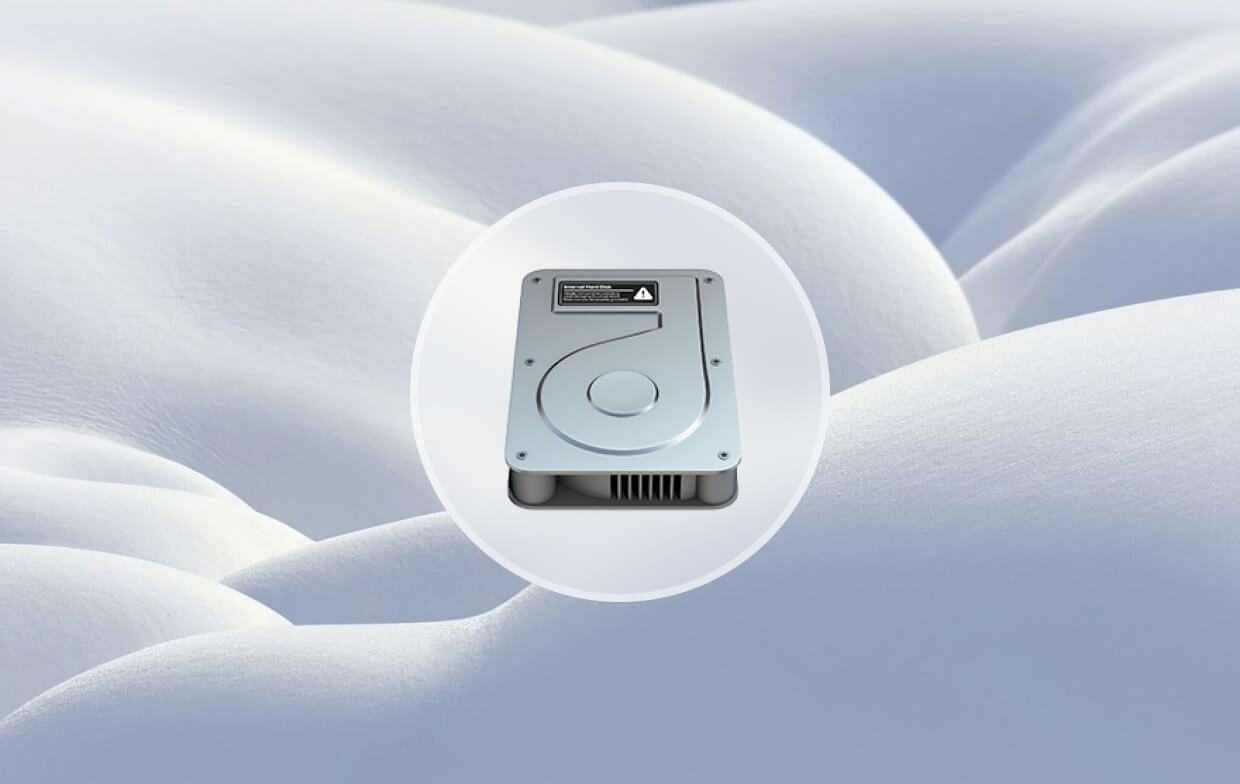
- #Terminal code to clear mac system storage how to
- #Terminal code to clear mac system storage install
- #Terminal code to clear mac system storage free
VerbsĮach command verb is listed with its description and individual arguments. You should back up your data before using any of these commands. Most commands do not present confirmation prompts. Many diskutil commands, if improperly used, can result in data loss. It generally manipulates whole volumes instead of individual files and directories.

This includes hard disks, solid state disks, optical discs, disk images, APFS volumes, CoreStorage volumes, and AppleRAID sets. It provides information about, and allows the administration of, partitioning schemes, layouts, and formats of disks.
#Terminal code to clear mac system storage install
That does a network install which first required me to log in with my Apple ID and then downloaded the install files.Diskutil - modify, verify and repair local disks Synopsisĭiskutil verb Descriptionĭiskutil manipulates the structure of local disks. (I tried to call it “Macintosh HD” during the erase step, but Disk Utility failed to erase the disk and complained that name was invalid, so I just left it as “Untitled”, erased the disk, and then renamed it by selecting the Untitled volume in the left-hand-side list of devices, then clicking on the right-hand-side pane where the name Untitled was shown and editing it there.)Īfter this, I quit out of Disk Utility, and ran the “Reinstall Install OS X” app.

In my case, I erased it and created a new partition named “Untitled” of type “OS X Extended (Journaled, Encrypted)” since I want full-disk encryption.
#Terminal code to clear mac system storage free
Now you’re free to do whatever you want with this empty disk.

Boot the recovery volume, which will take you to an OS X Utilities page that shows four options: “Restore From Time Machine Backup”, “Reinstall OS X”, “Get Help Online”, and “Disk Utility”.Only do this if you’re completely ready to just burn it all down to the ground and start over with a blank boot disk. The magic incantation that fixed it was inspired by instructions I found here:
#Terminal code to clear mac system storage how to
Recovery mode was OK but couldn’t erase the boot volume nor mount it via Disk Utility (I just got “Unable to delete the core storage logical volume”), so reinstalling seemed impossible.įortunately, I figured out how to do it, using some help from a StackExchange post I found. See below for the details.

Nothing would make it boot normally again. My Mac Mini w/ Fusion Drive (that’s a hard disk and an SSD pretending to be a single volume for better performance) froze and wouldn’t boot.


 0 kommentar(er)
0 kommentar(er)
